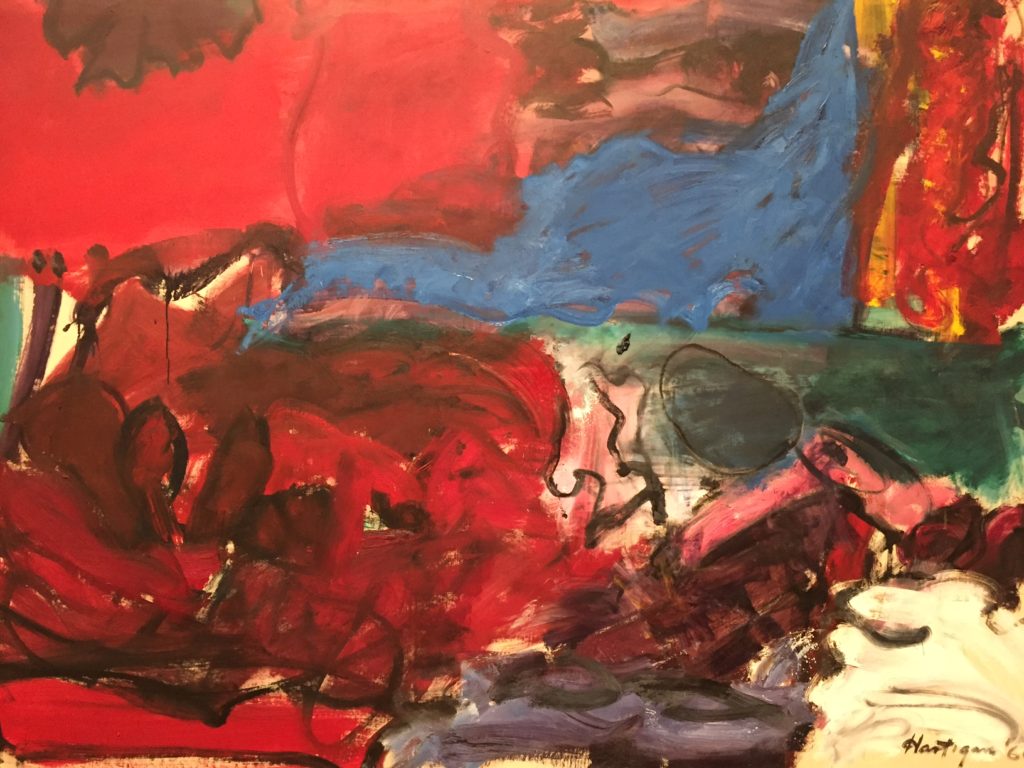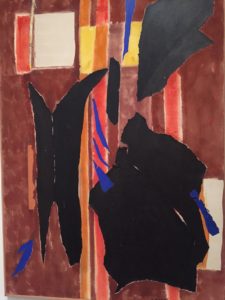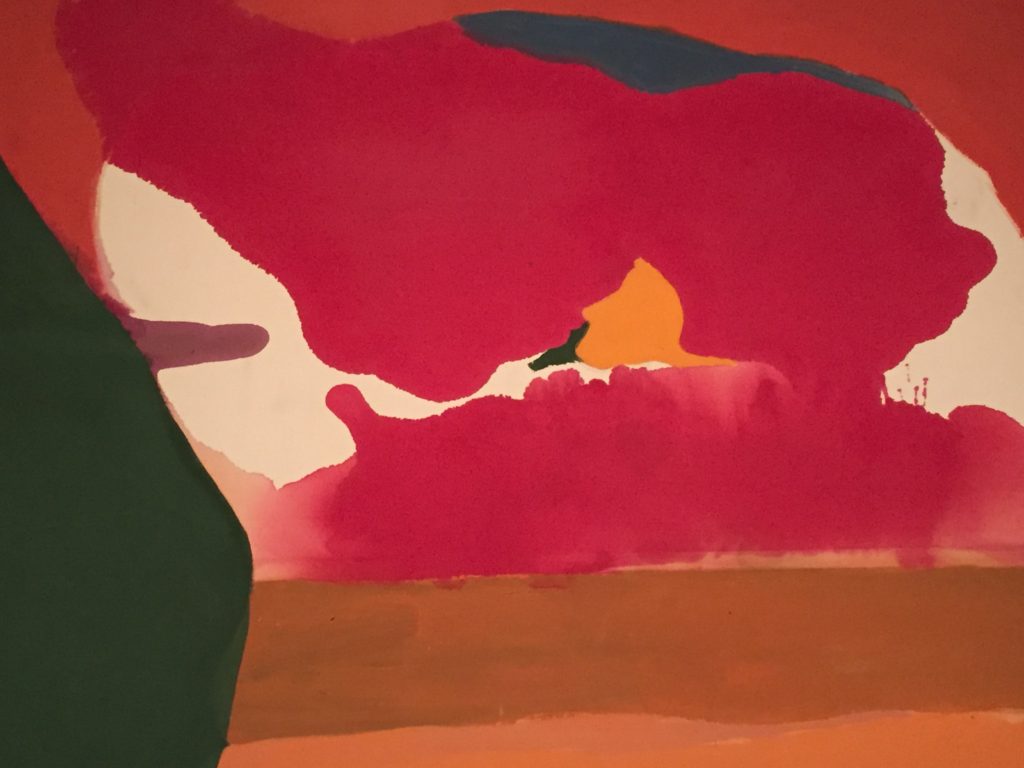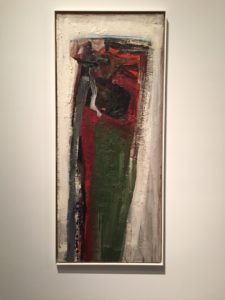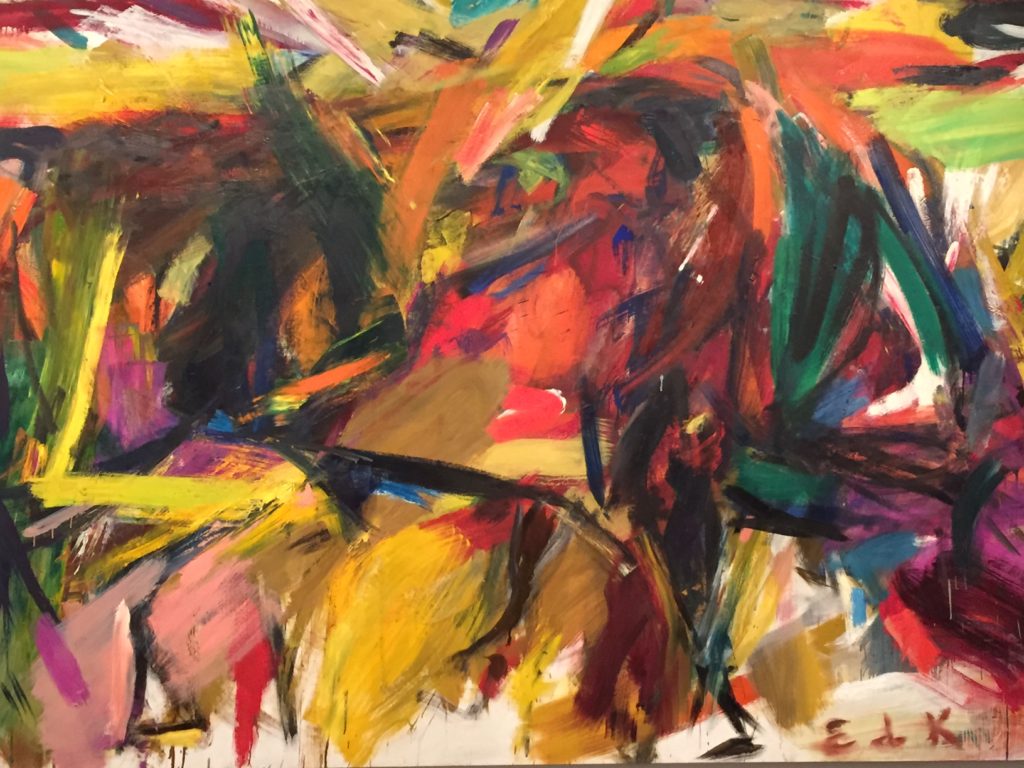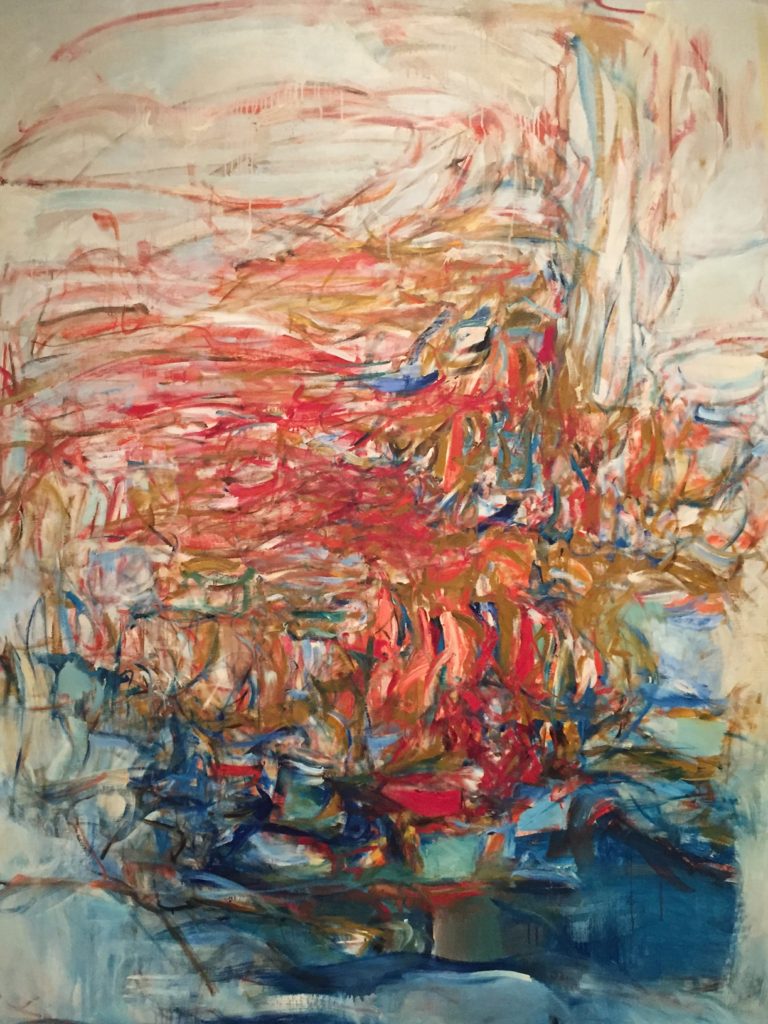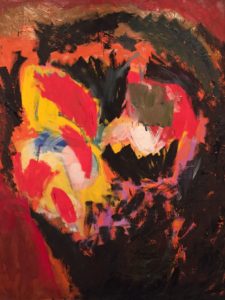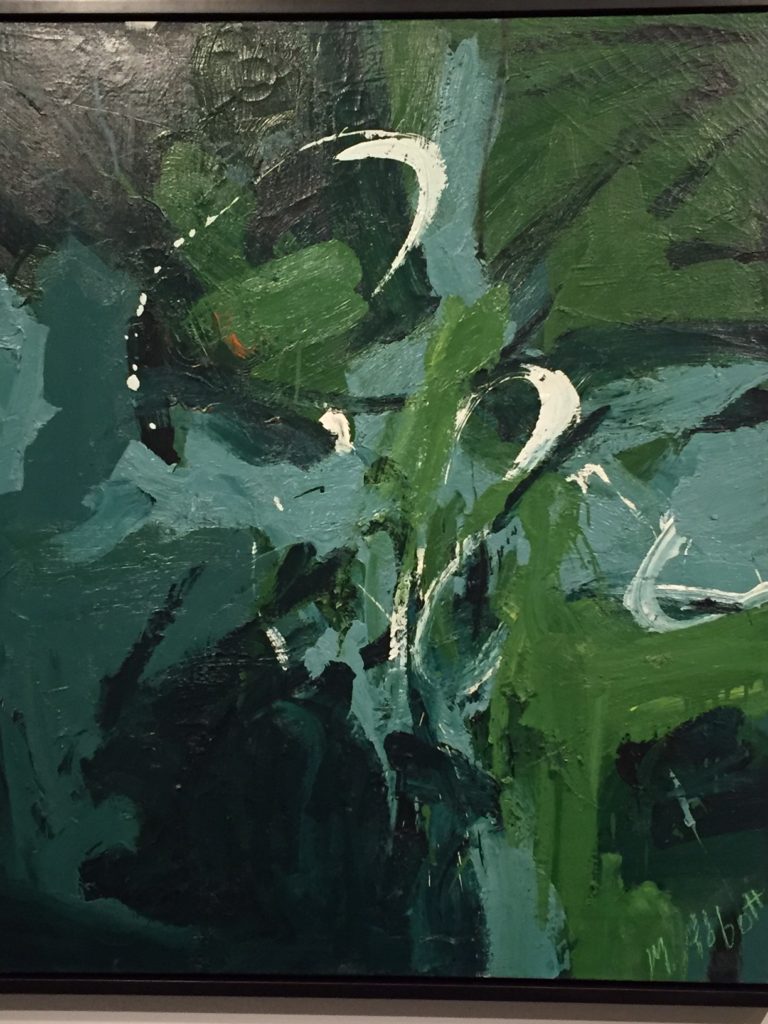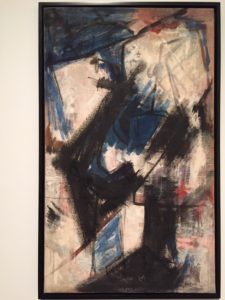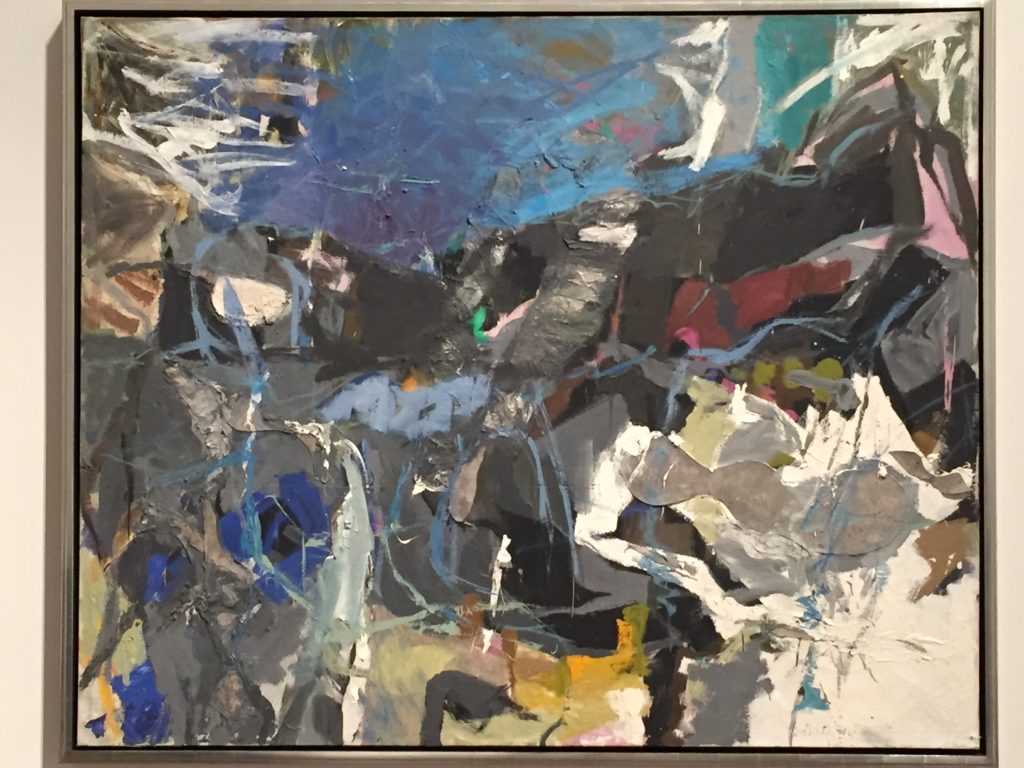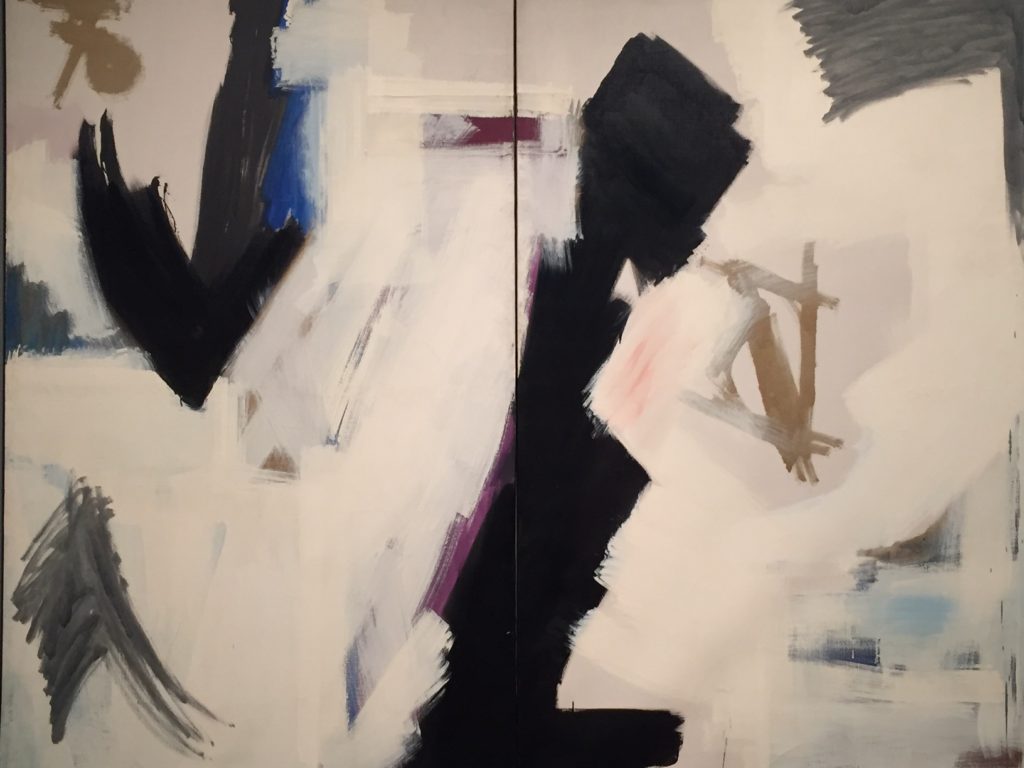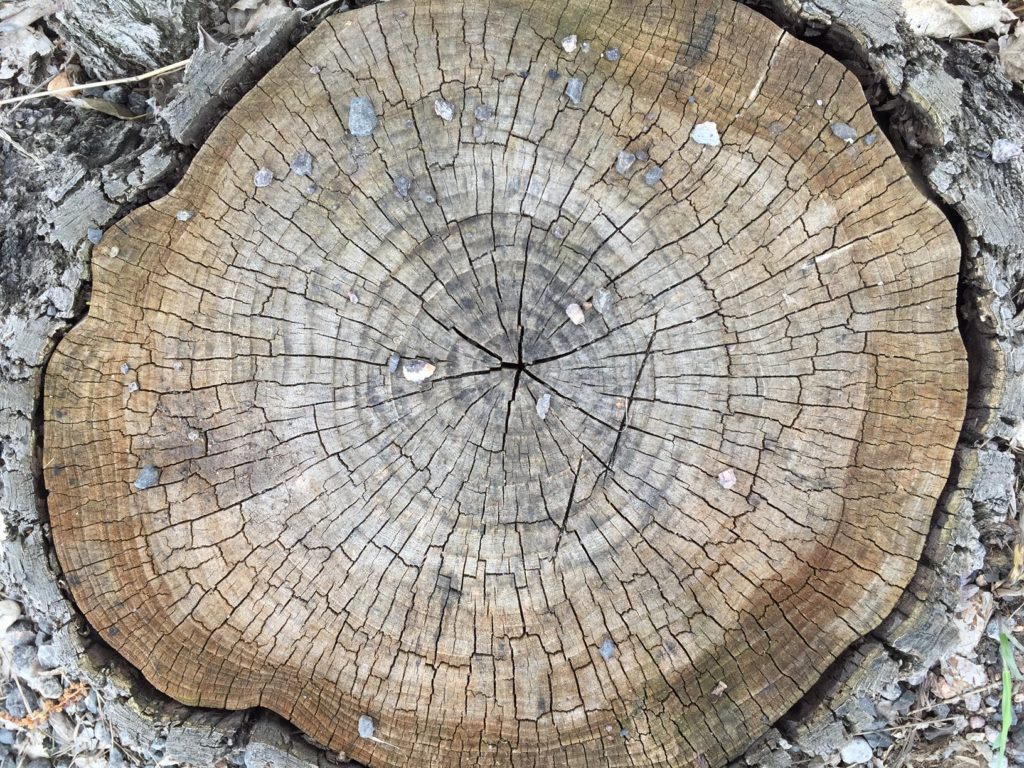mannikins in mondrian
“Mid-century” is all the rage in 2016: shift dresses that come to the knee, oxfords versus brogues for young men in skinny dress pants, a variety of bar carts on sale for serving mixed drinks like Manhattans and gin and tonics, and boxy 1950’s and 60’s ranch houses filled with sleek furniture with awkward-cool blond wood legs and shabby-chic Renaissance art prints of Blue Boy and Pinkie, a Mondrian-print reusable shopping bag at the door.
I am mid-century. I was born right in the middle of the 60s – not a hippy, but a baby. I grew up in the 70s and 80s amidst all those cliched symbols in everyone’s parents’ homes. Does anyone even understand what they are mimicking here? Sexism. Classism. Judgment. Oppression. Why on earth would you want to glamorize that time and bring it back in any way?
Because of that shopping bag. Re-purposed retro cool.
The thing that attracts today’s mid-century madness is the notion of co-opting images from an earlier time and declaring them Now. New. Neo. Personally, I see heaping melamine plates of irony being served from the bar cart to TV trays all around the new shag carpet.
Just months before I was born at the beginning of 1966, Piet Mondrian’s color block imagery from the 1920s was paid homage by Yves Saint Laurent’s instant classic, the Mondrian Collection, led by the color block cocktail dress. Mondrian himself was not alive to see this, which is a shame given his thoughts about the nature of his art:
“The position of the artist is humble. He
is essentially a channel.”
Or possibly a Chanel, in this case.
But my reason for bringing his color blocks into this fray is his statement about what abstraction does:
“I wish to approach truth as closely as is possible, and therefore I abstract everything until I arrive at the fundamental quality of objects.”
His Dutch art movement was called De Stijl, which means “the style.” Indeed. Careful what you wish for, Piet. Yves brought his own “style” now – merging the black outlines and colors with the boxy bag-like form of the sack dress. As the buddhists say, form is emptiness, emptiness is form.
The fundamental qualities Mondrian found? In a word: duality. He found opposition and tension.
According to The Art Story: Modern Art Insight,
“Mondrian chose to distill his representations of the world to their basic vertical and horizontal elements, which represented the two essential opposing forces: the positive and the negative, the dynamic and the static, the masculine and the feminine. The dynamic balance of his compositions reflect what he saw as the universal balance of these forces.”
But there’s more. Mondrian himself is quoted as saying,
“The emotion of beauty is always obscured by the appearance of the object. Therefore, the object must be eliminated from the picture.”
And here is where I spill my Manhattan all over your white shag (purely by accident, of course) – here is a tension and opposition that becomes intolerable: as I was being born, women all over the world, first in New York, then Paris and London, then everywhere like a global plague – women were being draped in Mondrian. And just like that, they became mannikins. WE became mannikins. Each woman’s uniqueness being “eliminated from the picture,” the ideal of beauty “no longer obscured” by the messiness of her own personal beauty. Now she was free to float about the all-important 1960s cocktail party as decorative art, rather than as a person. Form. Emptiness.
This feminine ideal is constructed as opposing a masculine ideal, also known as … eh, yeah, sexist stereotypes. Where is Rosie the Riveter from WWII when you need her? OHhh. Rosie was a blue-collar working girl. Yves Saint Laurent did not design for Rosie. Rosie never entered his mind. Rosie could not afford to buy an arty cocktail dress made of silk crepe and lined with crepe-de-Chine, nor could she purchase a sleek davenport, matching Danish-inspired end tables, or that damn drinks cart.
And no one seemed to notice that on both coasts of the U.S., including in New York, for over a decade, artists had already been actively exploring the emotion of not just beauty but a larger reality, by not just abstracting their experiences down to line and color, but abstracted to the full expression of each artist’s essential truth. Abstract Expressionists.
They were women artists.
And they were largely ignored in favor of male artists, some of whom still defined abstract expressionism in relation to their obsession with the female body.
The only woman who has gotten significant attention as being a part of the Abstract Expressionist Movement is Lee Krasner, not because her work is the most powerful – it’s not – but I think because she, too, defined her work in relation to the female body; and probably more realistically, because she was Jackson Pollock’s wife. Her husband had affairs, including with Ruth Kligman, a name and face better known than the women artists of the same period, because she had sex with not just Pollock but also with Willem de Kooning. Blah blah blah, cocktail party gossip. Relationship drama does not tell me much about Ruth Kligman and Lee Krasner, the art-dabbling mistress, the long-suffering shadow-artist wife, caricatures of the real women they were.
I found myself extremely frustrated at the Denver Art Museum’s exhibition, “Women of Abstract Expressionism,” which so sincerely offered respect for the artists and their powerful expression.
I moved from room to room, angry that I had never heard of most of these artists. Their work shook me by my shoulders, shouted to me by name, to look – LOOK! Look at us! SEE US! See our experience. See what we are expressing, the fullness of our essential truth.
It would be nice if we had to label an exhibit, “Men of Abstract Expressionism,” so the world would know that men also created art works during this movement. It would be nice if the names Mary Abbott, Jay DeFeo, Perle Fine, Helen Frankenthaler, Sonia Gechtoff, Judith Godwin, Grace Hartigan, Elaine de Kooning, Lee Krasner, Joan Mitchell, Deborah Remington, and Ethel Schwabacher immediately came to mind when we think of art of the mid-century, and we needed to be educated about the names of the male artists.
It would be even better if we had recognized and embraced their work beyond the coasts when it was first created and exhibited. If it had been been taken seriously. But these were just working girls, like Rosie, rolling up their sleeves and creating what they could in their work spaces until men stepped in and essentially took back their tools, their power, their paychecks, and their opportunities – by receiving all the attention, as the norm. By being the only ones taken seriously.
But those were the times, back then…right?
We’ve been held back these 50 years, just in the Abstract Expressionist movement. You listen to the news, look around the world, and cock your head in incredulity at the fact that we still have to honor young women as courageous who simply stand up for their basic right to an education, their right to even be alive, whose faces are burned with acid for perceived acts of dishonor, whose bodies are mutilated for the sexual satisfaction of men, who are judged for their poverty and survival choices by the very people whose money takes advantage of their lack of options.
This is progress?
Perhaps you will forgive me for not being particularly impressed with the current mid-century obsession. So much image, so much money, so little individuality, like Pinkie and Blue Boy making sure we keep our roles straight as straight can be, she in that chaste yet ultra-feminine pink dress, he in that ridiculous man-boy blue suit. Terrible art work. Trite. Cliched. Silly costumed forms really, so out of date, from an earlier time that’s hard to relate to now.
“I don’t want pictures, I want to find things out.” – Mondrian
Maybe if Perle Fine had worn a Mondrian cocktail dress, we’d have heard of her. But she was “essentially humble,” and just a few years ahead of YSL’s time.
Club soda should take those stains out. Maybe.
I brought you some, in this empty, empty reusable shopping bag.
